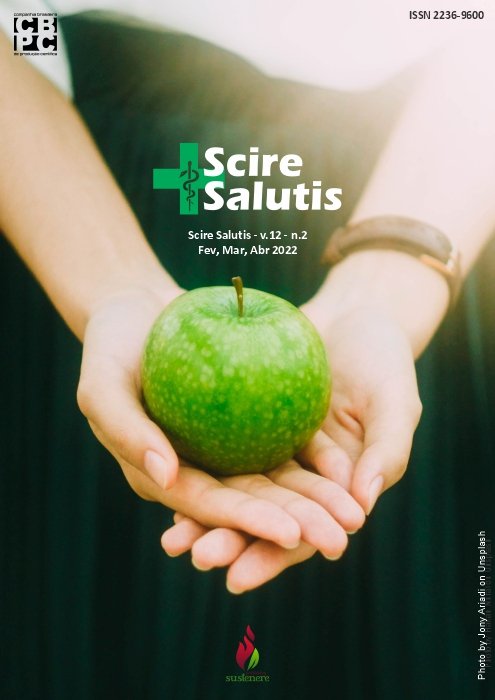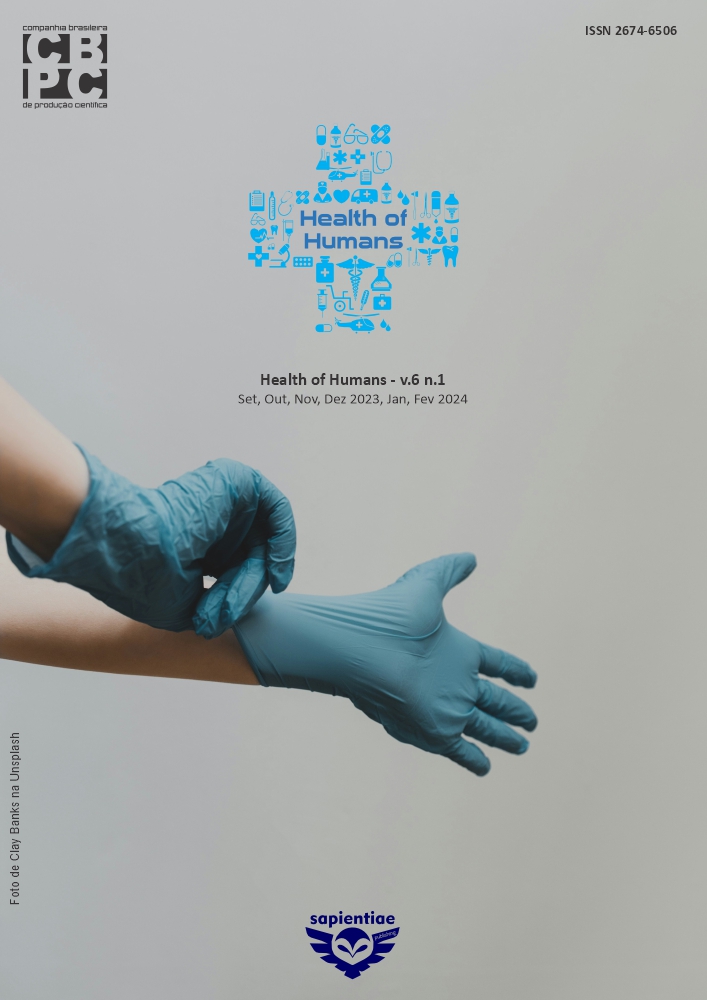Use of psychotropic drugs among medical students of a private medical school in Teresina-PI
DOI:
https://doi.org/10.6008/CBPC2236-9600.2022.002.0003Keywords:
Psychotropic Drugs, Medical Students, Brain Stimulants, Side EffectsAbstract
The use of psychotropic drugs has been increasing all over the world in recent decades for a variety of purposes. The use of these CNS-stimulating substances by individuals with anxiety disorder and other psychiatric conditions, even mild ones, is very common. Many medical students use them to compensate for sleep deprivation and to improve reasoning, attention, and memory. The descriptive, retrospective, and quantitative cross-sectional field study presented here aims to evaluate the prevalence of psychotropic drug use among medical students at a private college in Teresina-PI. A closed questionnaire with information on demographic data (age, gender, marital status, family income) and clinical data (use of psychotropic drugs, clinical indication, side effects) was administered to a sample of medical students from a private college in Teresina-PI. The results showed that 22.4% of medical students use or used psychotropic drugs without significant variation in regard to factors such as semester number, gender, or family income, with a higher prevalence among single individuals between the ages of 19 and 22. In the first two years of studies, there was a higher prevalence of students who used more than one psychotropic drug. The most frequently used medications were Fluoxetine and Clonazepam, most commonly used to manage anxiety, with 14% of participants selfmedicating themselves. The use of psychotropic drugs was common in the analyzed sample, considering the age range of the population.
Downloads
Downloads
Published
Issue
Section
License
Copyright (c) 2022 Scire Salutis

This work is licensed under a Creative Commons Attribution-NonCommercial-NoDerivatives 4.0 International License.
The CBPC - Companhia Brasileira de Produção Científica (Brazil CNPJ: 11.221.422/0001-03) the material rights of the published works. The rights relate to the publication of the work anywhere in the world, including rights to renewals, expansions and dissemination of the contribution, as well as other subsidiary rights. All electronically published works may subsequently be published in printed collections under the coordination of this company and / or its partners. The authors preserve the copyright, but are not allowed to publish the contribution in another medium, printed or digital, in Portuguese or in translation.








